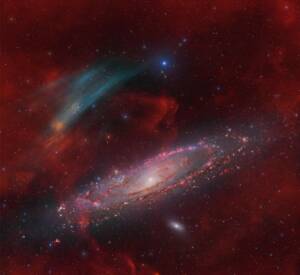
Discovery of the M31 [OIII] emission arc
Recently, a major discovery by an international team of amateur astronomers and scientists has become a huge online hit, and this new discovery is just located in one of the
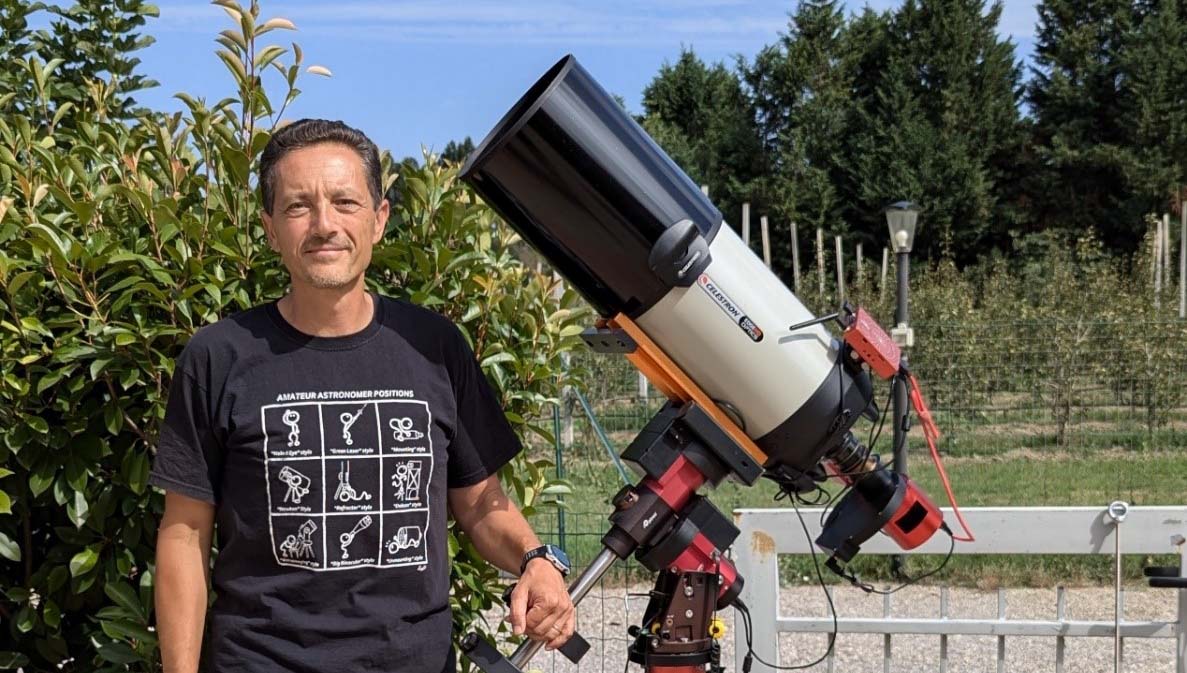
Hello Andrea Arbizzi,thanks for accepting our interview invitation. Congratulations on winning the ASIWEEK competition in week#42/2024!
First of all, thanks to all ZWO staff for choosing my “Fetus” nebula as #42 ASIWEEK winning picture. I’m Andrea from Modena, Italy, I’m 50 years old, I’m a geologist and now I’m working at a geotechnical laboratory. I like travelling, hiking, and obviously doing astrophotography.
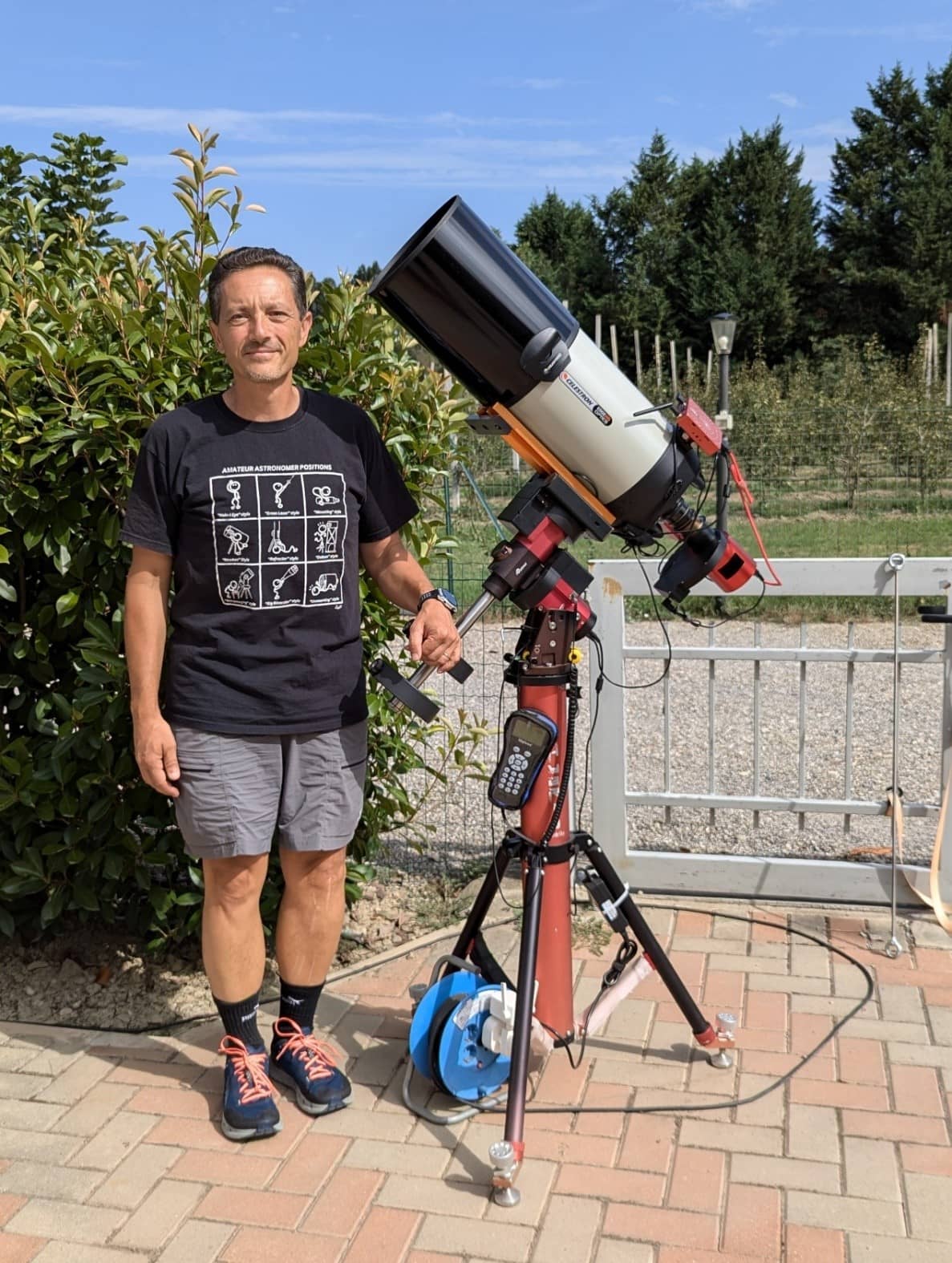
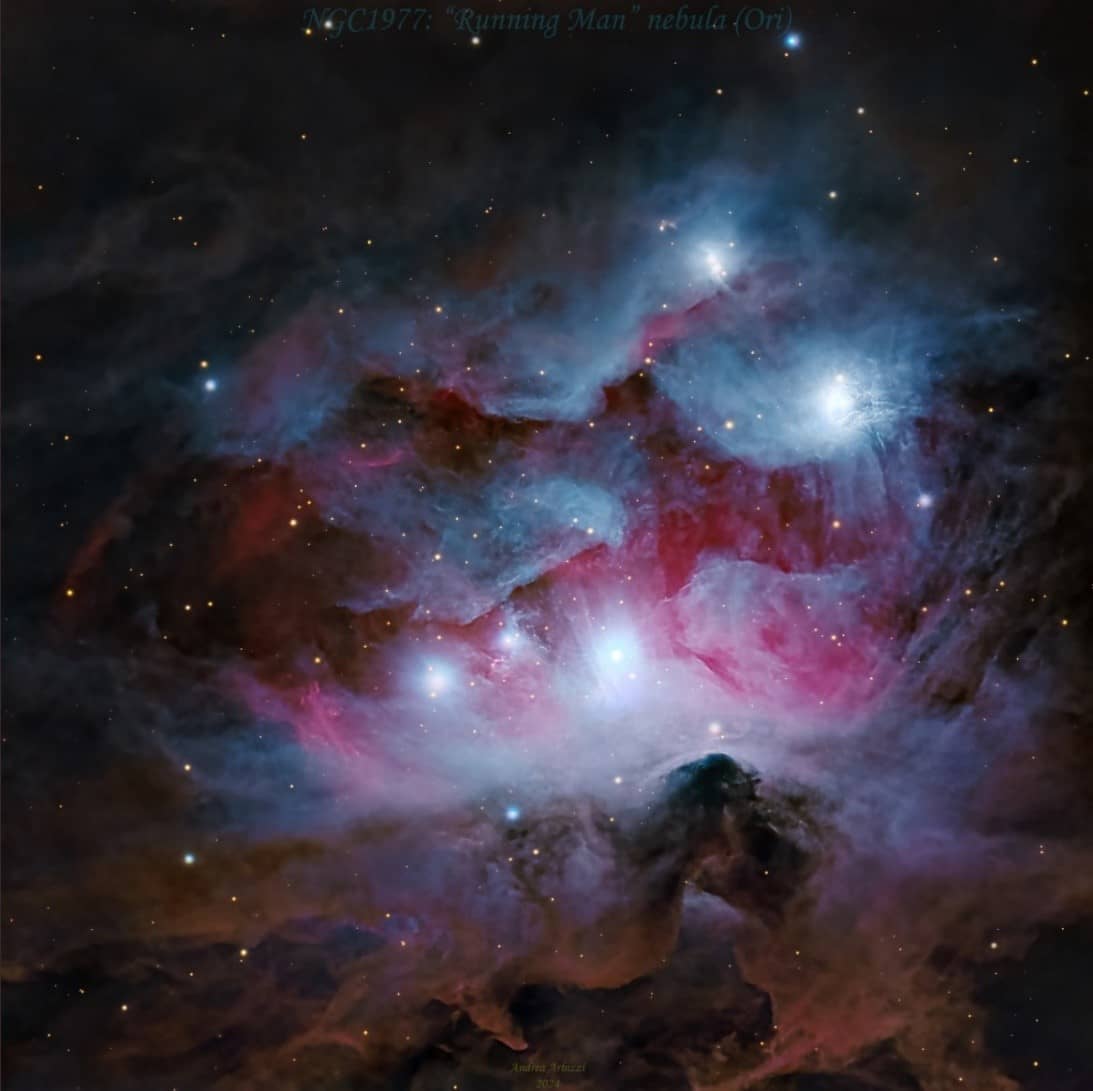
I bought my first telescope (a Meade ETX90) in the distant early 2000’s when I started observing the night sky; I was lucky to go on holidays to some of the darkest skies in the world (Chile, Australia, Mongolia, Namibia, Alaska, USA) and I was amazed by the beauty I could see under those skies so I bought the biggest scope I could ever handle alone (a 12” Dobson) and started travelling to the darkest Italian and European skies: I was more interested in deep sky objects.
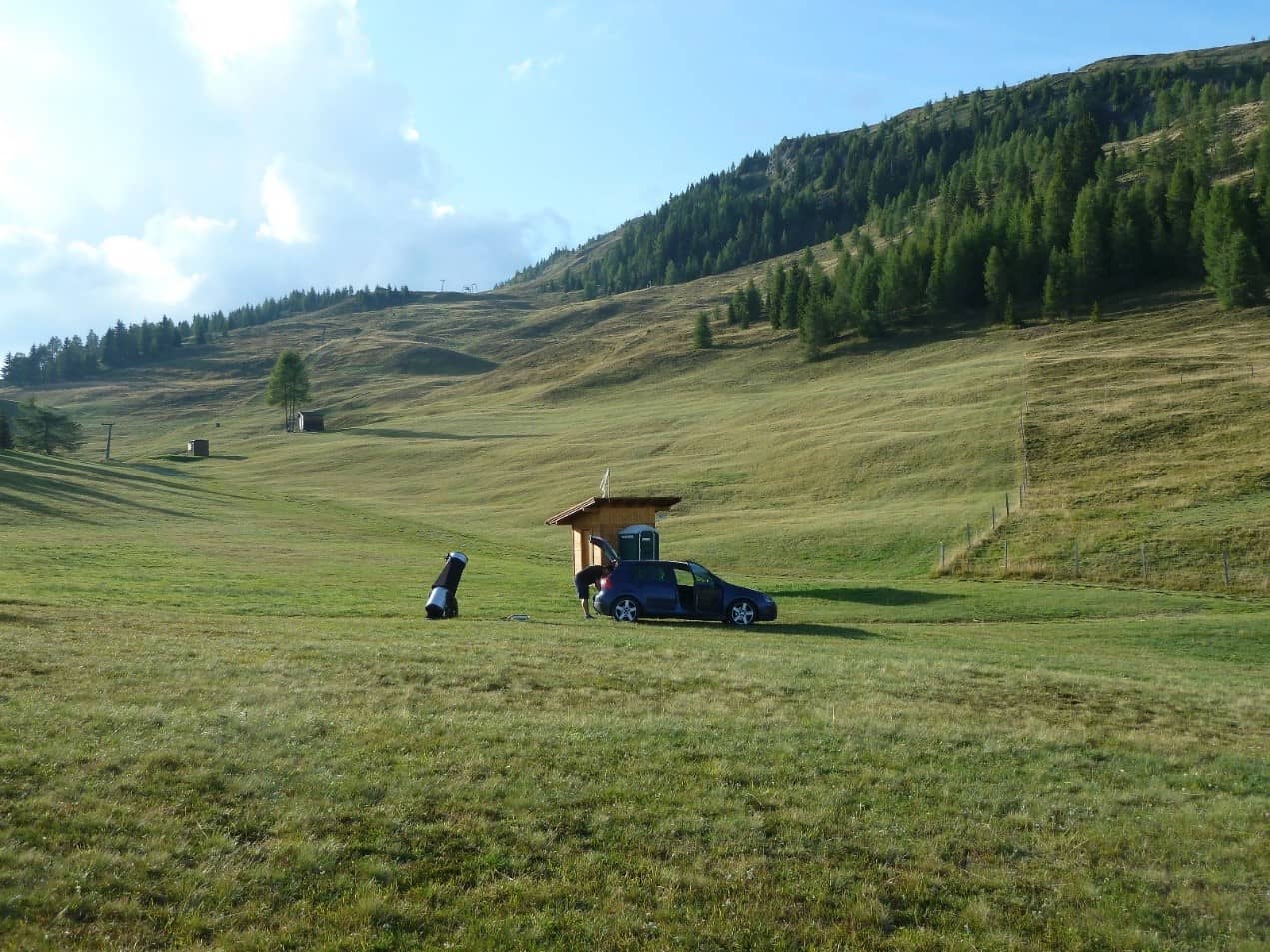
I soon realized that every DSO I observed, except a few ones, was always a grey fuzzy dim spot so I decided to move on to astro photography. First I started capturing landscape milky way photos with tripod and mirrorless camera, then I bought a new telescope with my first astro dedicated camera (Asi385) and started doing EAA with live stacking technique. In 2018 I bought my first OSC cooled camera: the ZWO Asi294 MC Pro. In February 2020, when Covid forced everyone to stay at home, I started doing more serious DSO astrophotography from my backyard light polluted sky (Bortle 7,5/8), experimenting a lot, studying and learning the basics and after almost 5 years I’m still learning, experimenting and studying exactly as I was doing in the beginning.
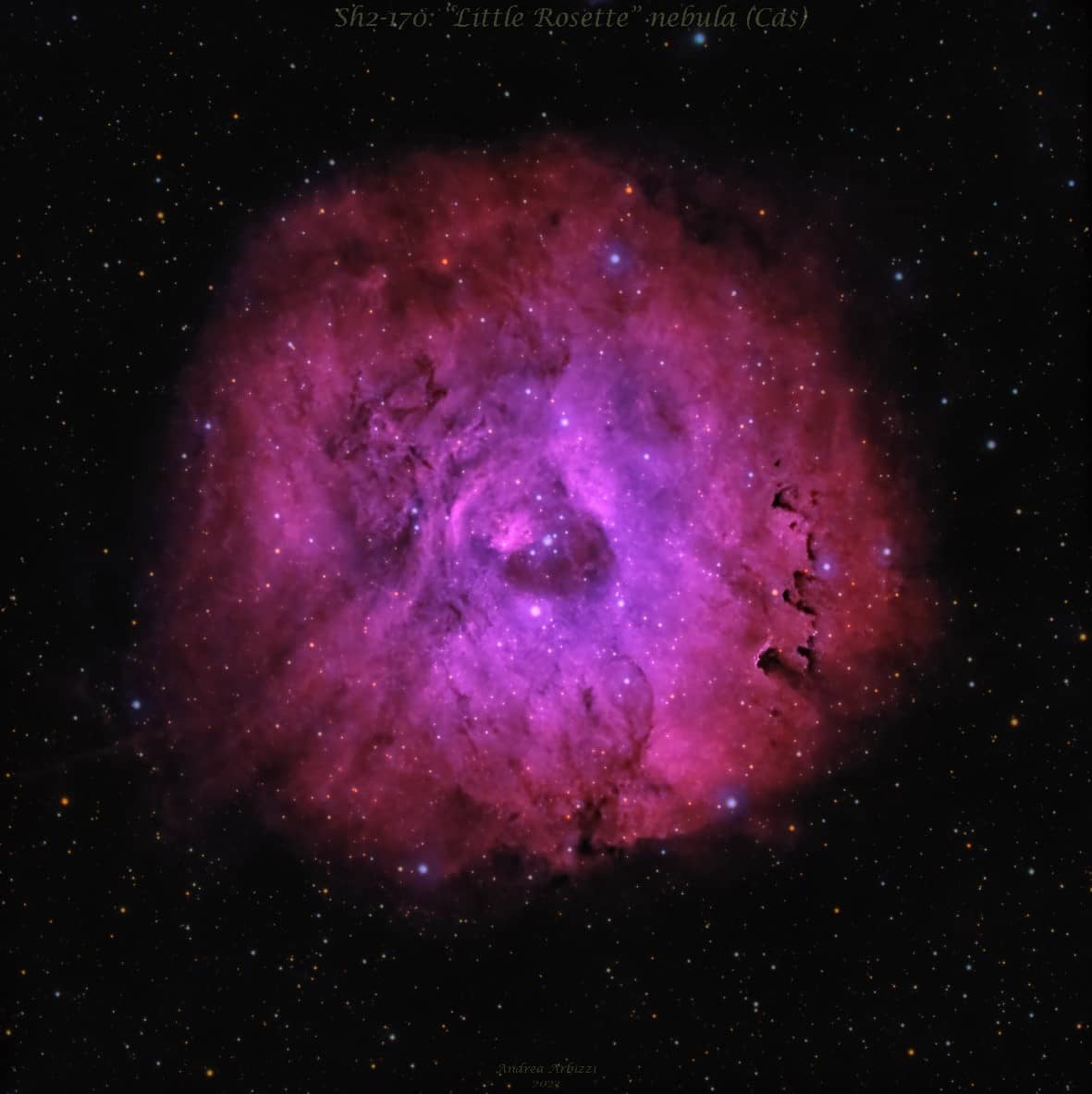
Astrophotography is a challenging hobby that requires patience, a steep infinity learning curve, money, time to invest in studying and experimenting a lot, stolen sleep: above all, don’t get discouraged and learn to fully use your equipment. Remember that not everything will work out the first time, the more photos you take, the better you learn to manage everything. Learning astrophotography takes a lot of time, it’s a time-consuming investment in yourself and eventually it teaches you to believe much more in your abilities.
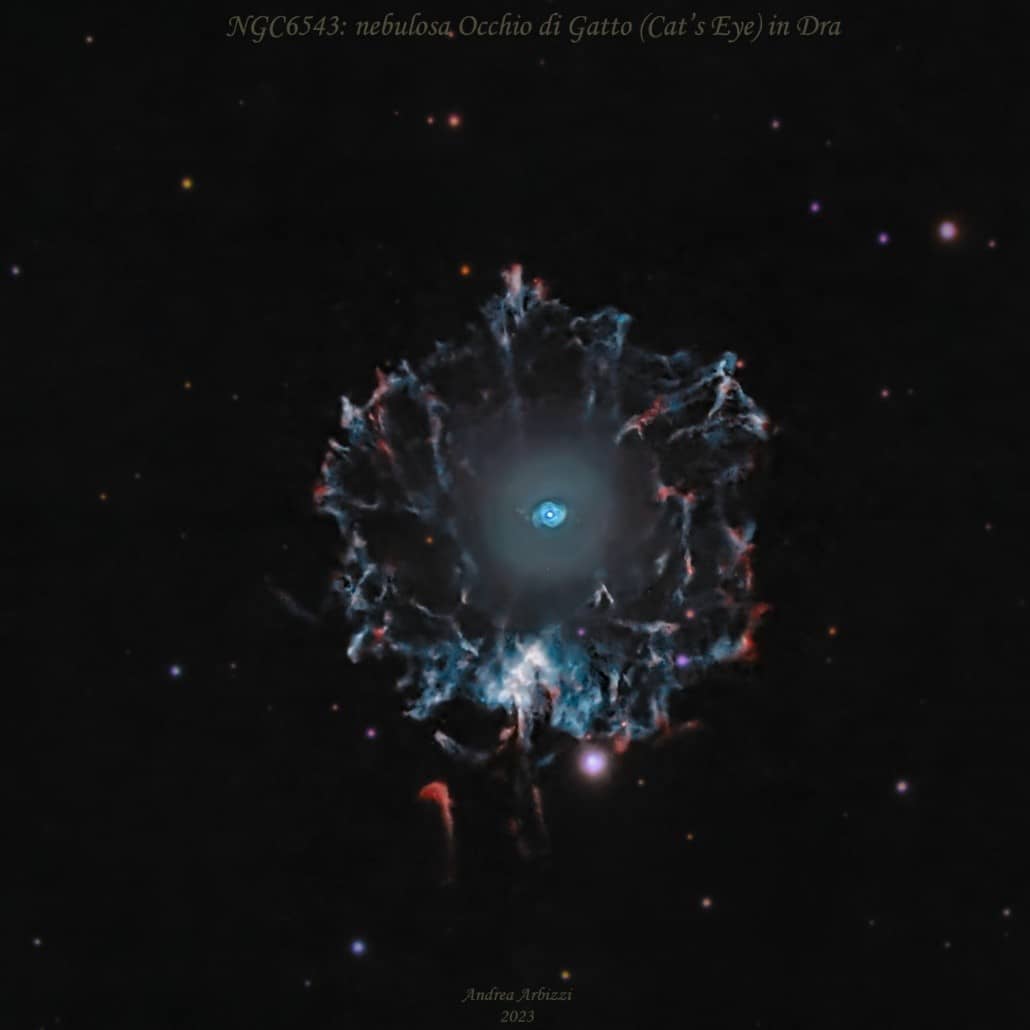
Last year I bought a C8 HD Edge mainly because I wanted to capture some more challenging small DSO such as little galaxies or planetary nebulas. The “Fetus” nebula caught my attention for its uncommon shape and colors: NGC 7008 is a planetary nebula with a diameter of approximately 1 light-year located at a distance of 2800 light years in northern Cygnus constellation. I took 190 light of 300s each with a dual 7 nanometer Ha/O3 narrowband filter, an OSC ZWO Asi533 with C8 HD Edge telescope at F10,3: almost 16 hours of total integration time from my home polluted backyard sky.
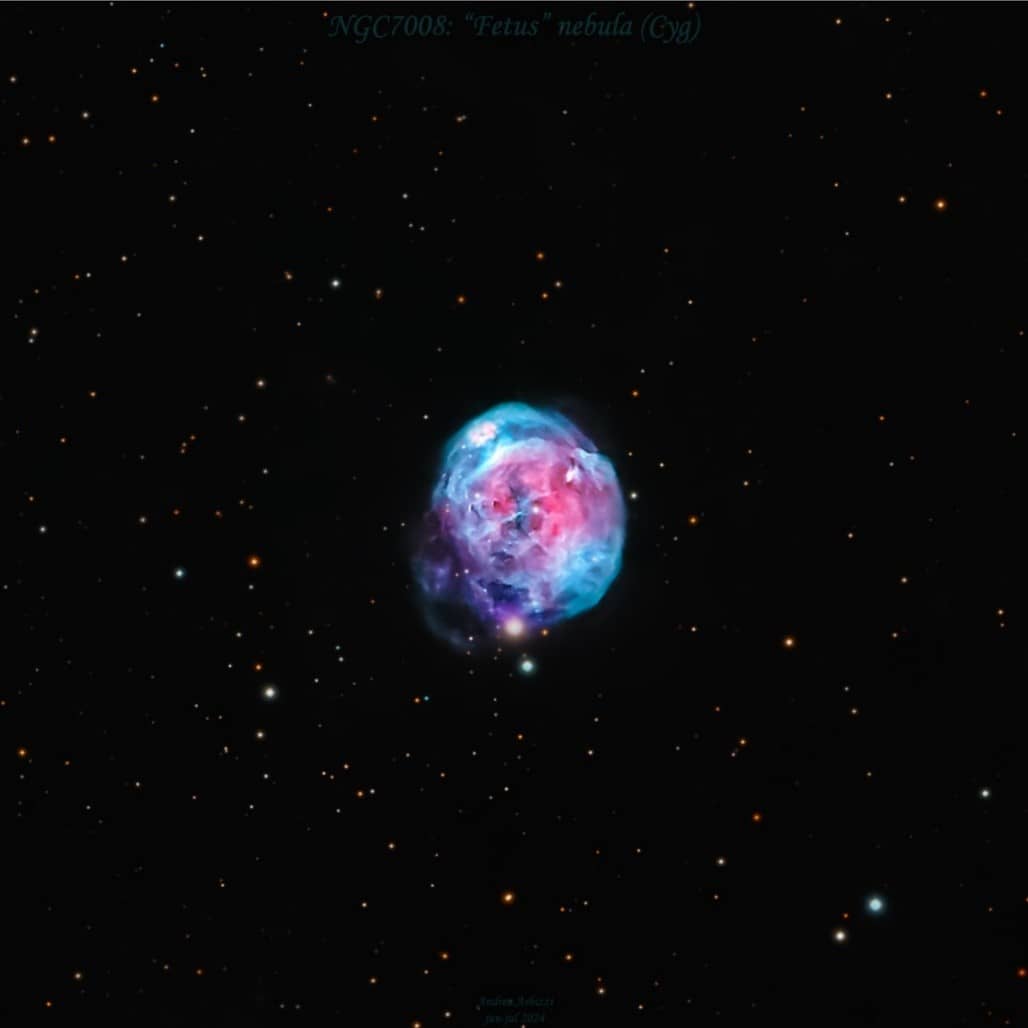
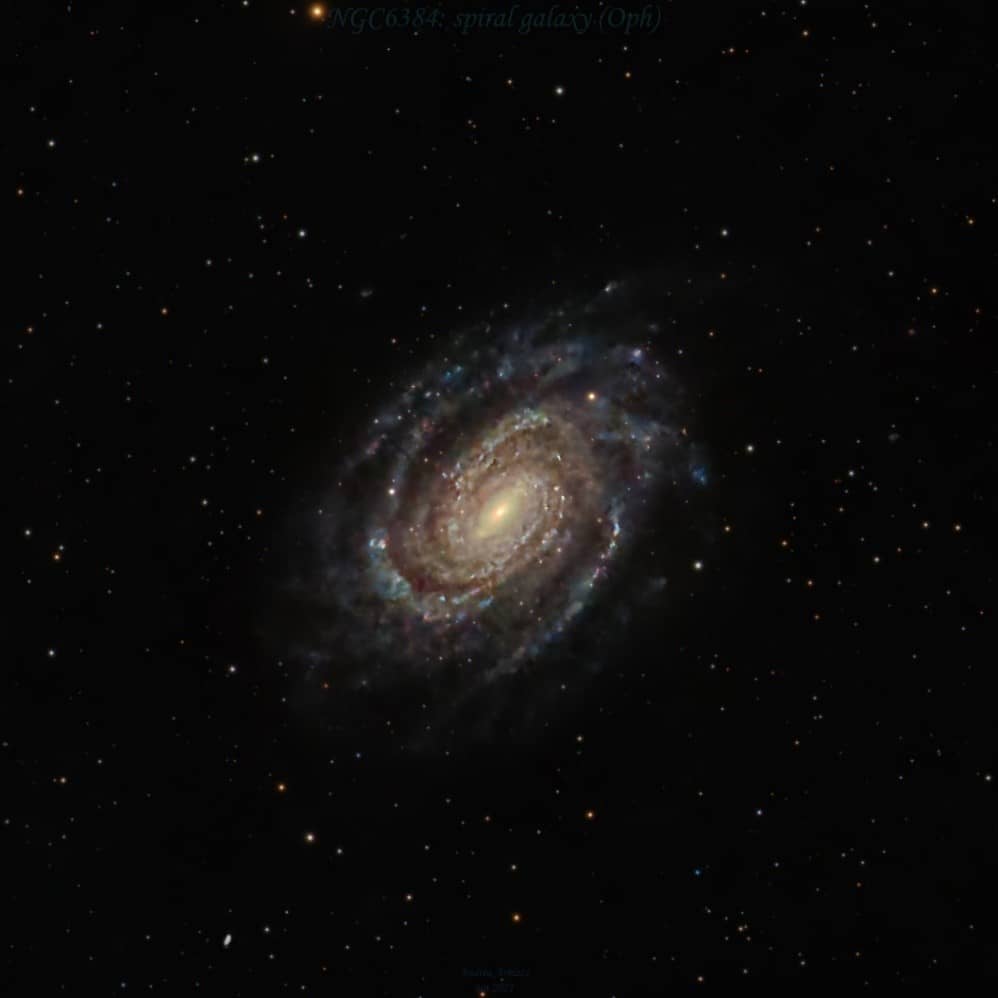
Currently I’m using a C8 HD Edge either at native focal length of 2096 mm f10,3 as at 1472 mm f7,3 with an OSC ZWO Asi2600 Duo MC with an ZWO EFW 5X2, EAF, ZWO Asiair Plus, Ioptron Gem45. I’m planning to move to harmonic drive especially to the new AM5N, so I could have just 1 mount either for travelling to dark skies as a “fixed” mount in my backyard. The “Fetus” nebula was captured with the wonderful ZWO Asi533 MC which served me for 4 years brilliantly without any issue at all.
Me in my backyard beside my equipment
I live in one of the most light polluted skies in the world that is the Padana plain in the northern Italy: I usually take my photos from my backyard and my sky at zenith is of a class between Bortle 7,5 and 8, with an average SQM readings ranging from 18,4 during hazing summer night and 18,7/18,8 in the cold season. Now I’m planning to add some new small portable equipment to move to darker skies in the mountains to image dark nebulas, extremely dim emission nebulas.
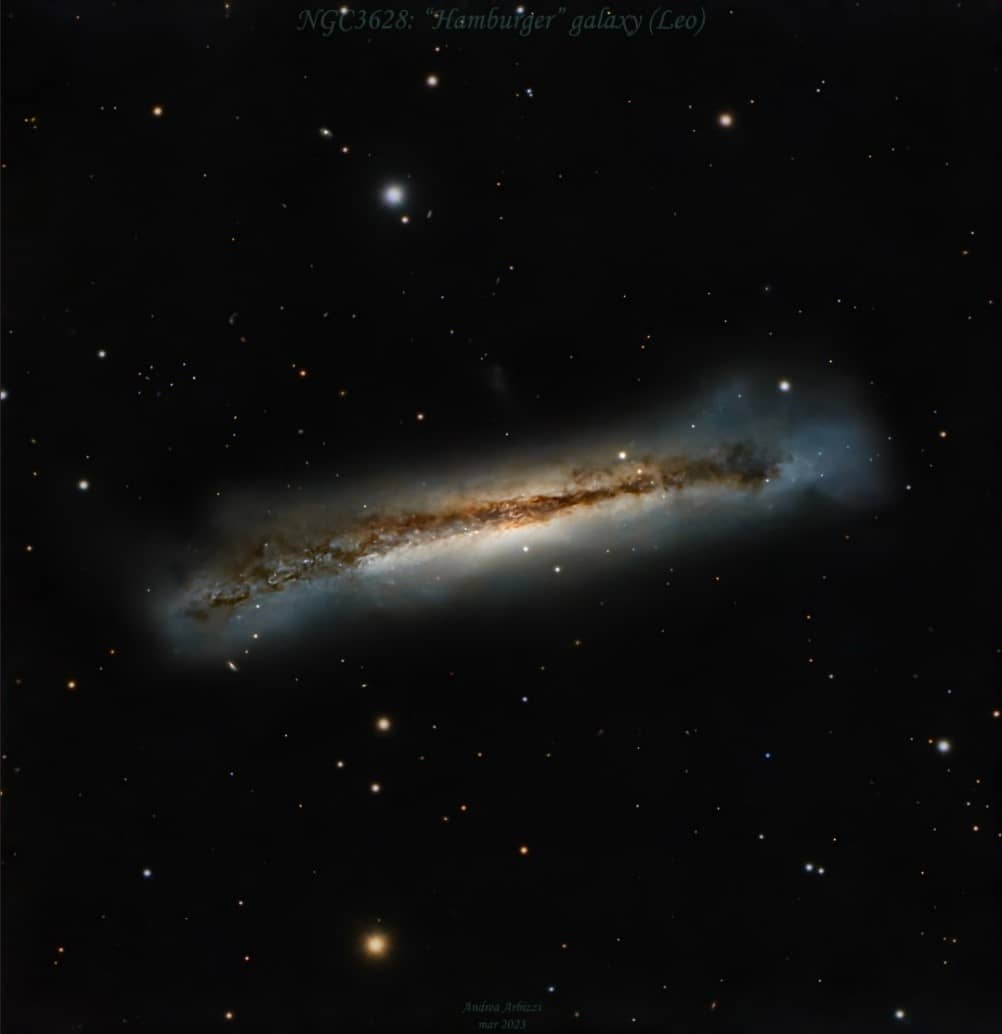
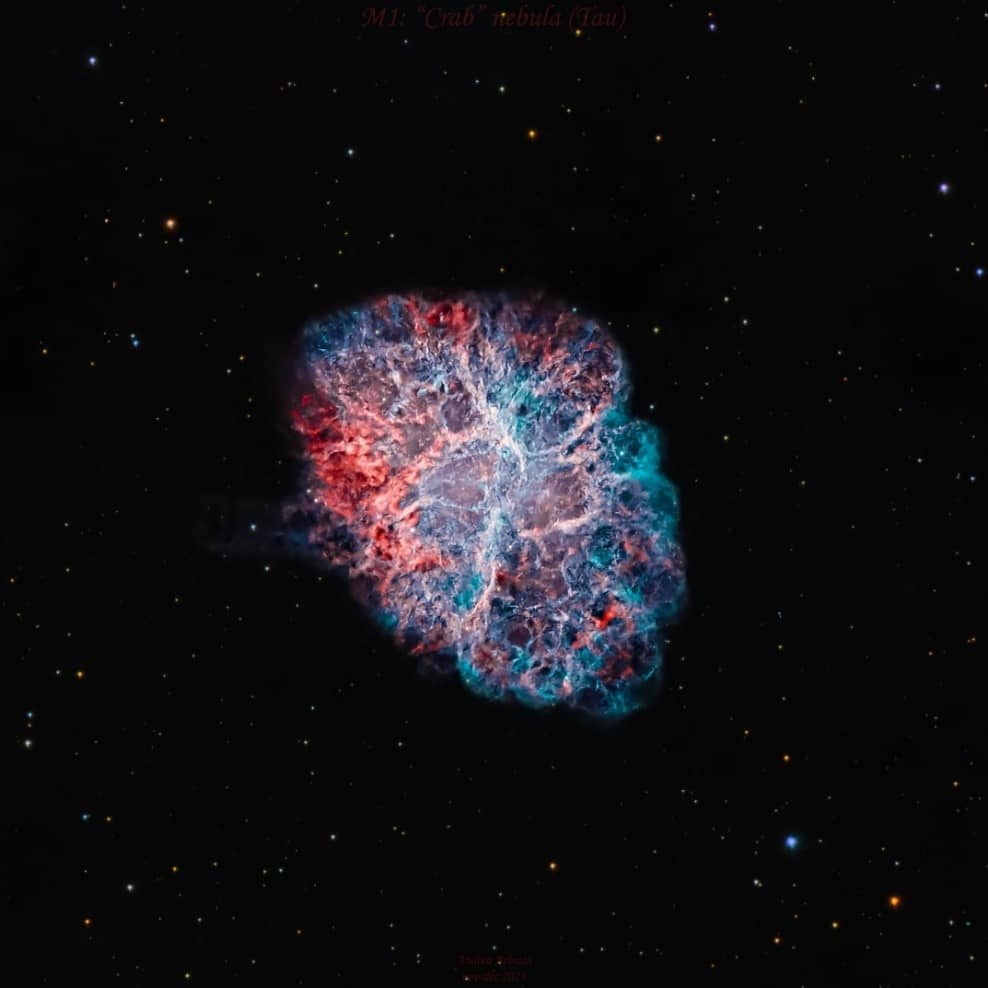
When I started astrophotography in 2020 the most challenging aspects were learning and understanding the basic principles of calibration and pre-processing the lights, in addition to the fact of assembling the equipment to capture the images. Then I soon realized that post processing was the next step where I had to start studying and experimenting because my images could improve a lot.
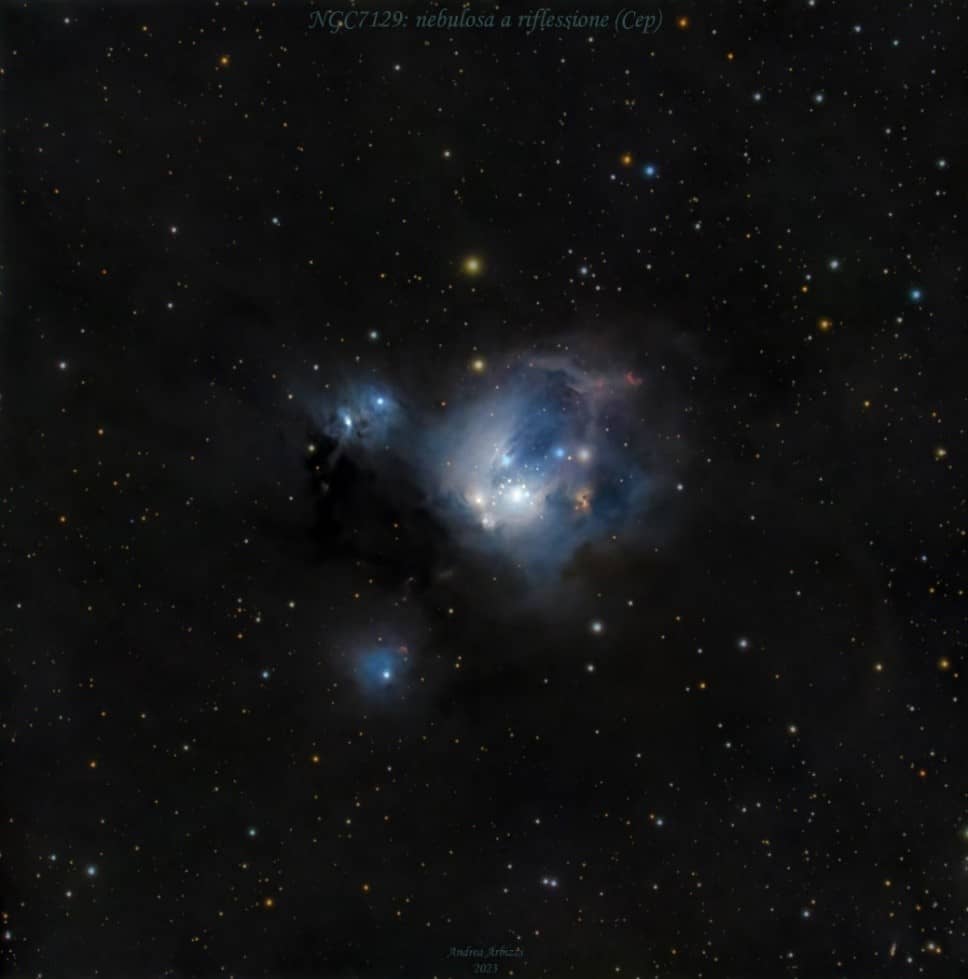
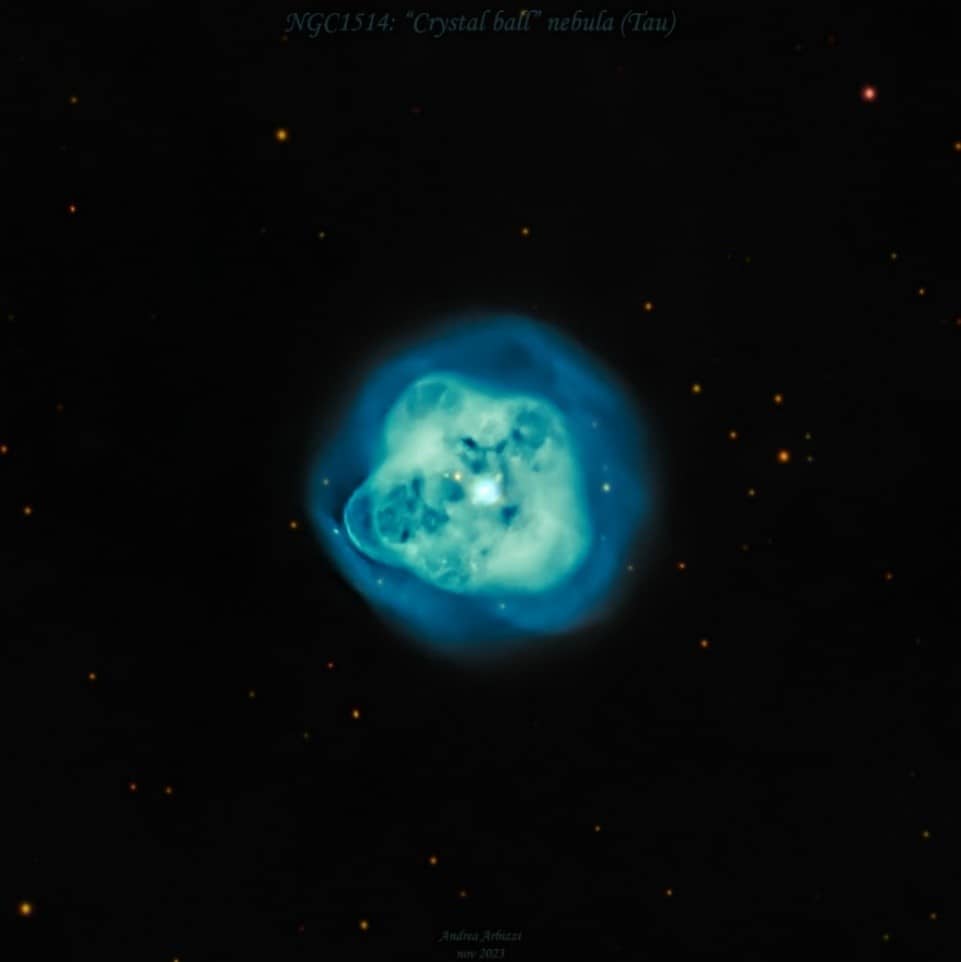
It was a sunny beautiful warm day, 12 February 2022, with no forecast of any important wind gust or coming clouds; I was inside my home having lunch. I heard a strange noise, I ran to the door and suddenly saw the wind across the garden. I immediately ran outside to check the equipment and this is what I saw…
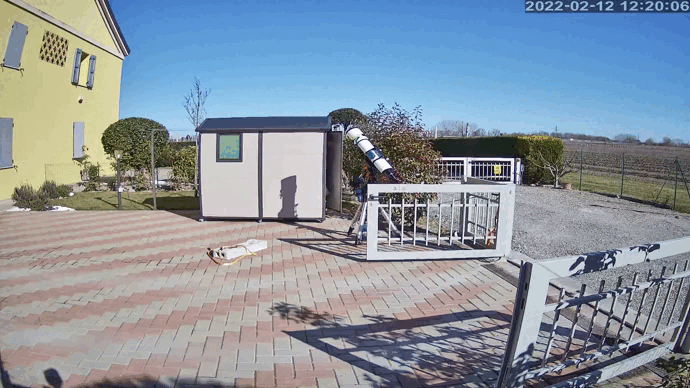 I was desperate because I thought everything was damaged, but incredibly like a miracle nothing serious happened and everything was working fine… Since then, I always tie up the house garden and never blindly trust the current weather conditions. 🙂
I was desperate because I thought everything was damaged, but incredibly like a miracle nothing serious happened and everything was working fine… Since then, I always tie up the house garden and never blindly trust the current weather conditions. 🙂
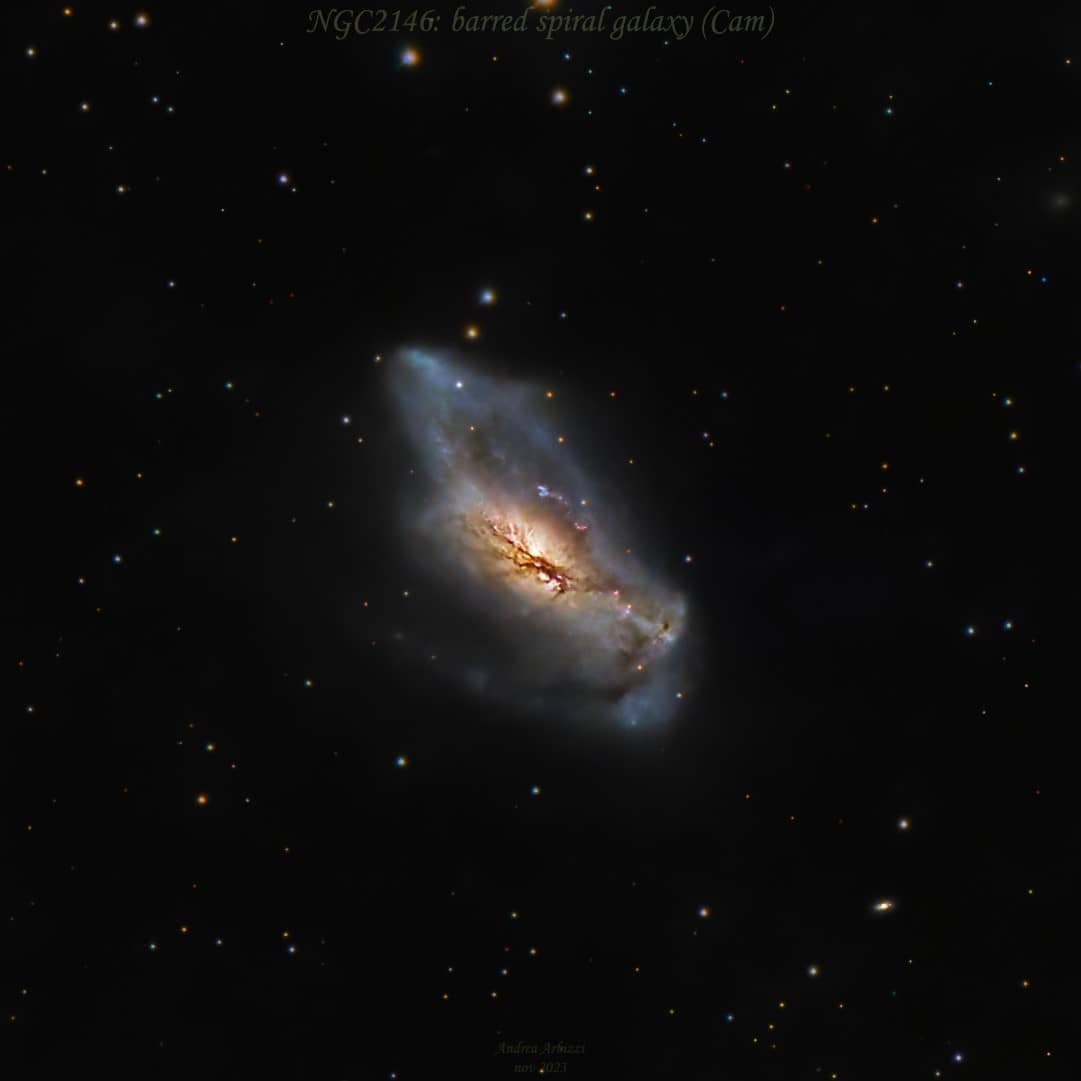
Some months ago I was contacted by a woman who told me to be the social media manager of an italian singer Simone Cristicchi; he was fascinated by my image of the Helix nebula so that he wanted this photo as a cover image of his new coming soon album. I was so shocked that I thought it was a joke but it was all true. Eventually Simone Cristicchi in person called me, we had a wonderful talk, he wanted to meet me and so he invited me and my wife to his concert at the theatre. He stayed with us half an hour before the concert, he made us feel so good as he had always been a friend of ours. It was an exciting and unbelievable experience.
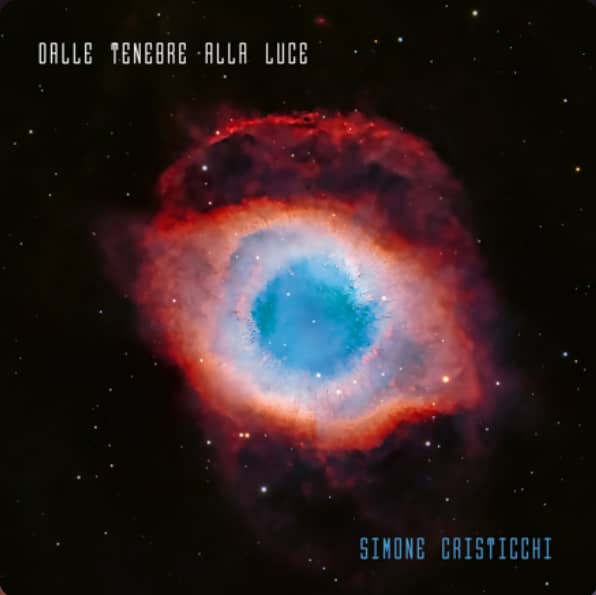
In the recent years astronomy equipment such as telescopes, cameras, mounts and accessories have relatively low prices more suited for everyone so more and more people can afford some basic astro equipment and start doing astrophotography. For example 20 years ago if someone had told me that in 2024 I could have bought an all-in-one imaging-PC-guiding solution such as ZWO Asi2600 Duo Air, I would have probably thought it was crazy.
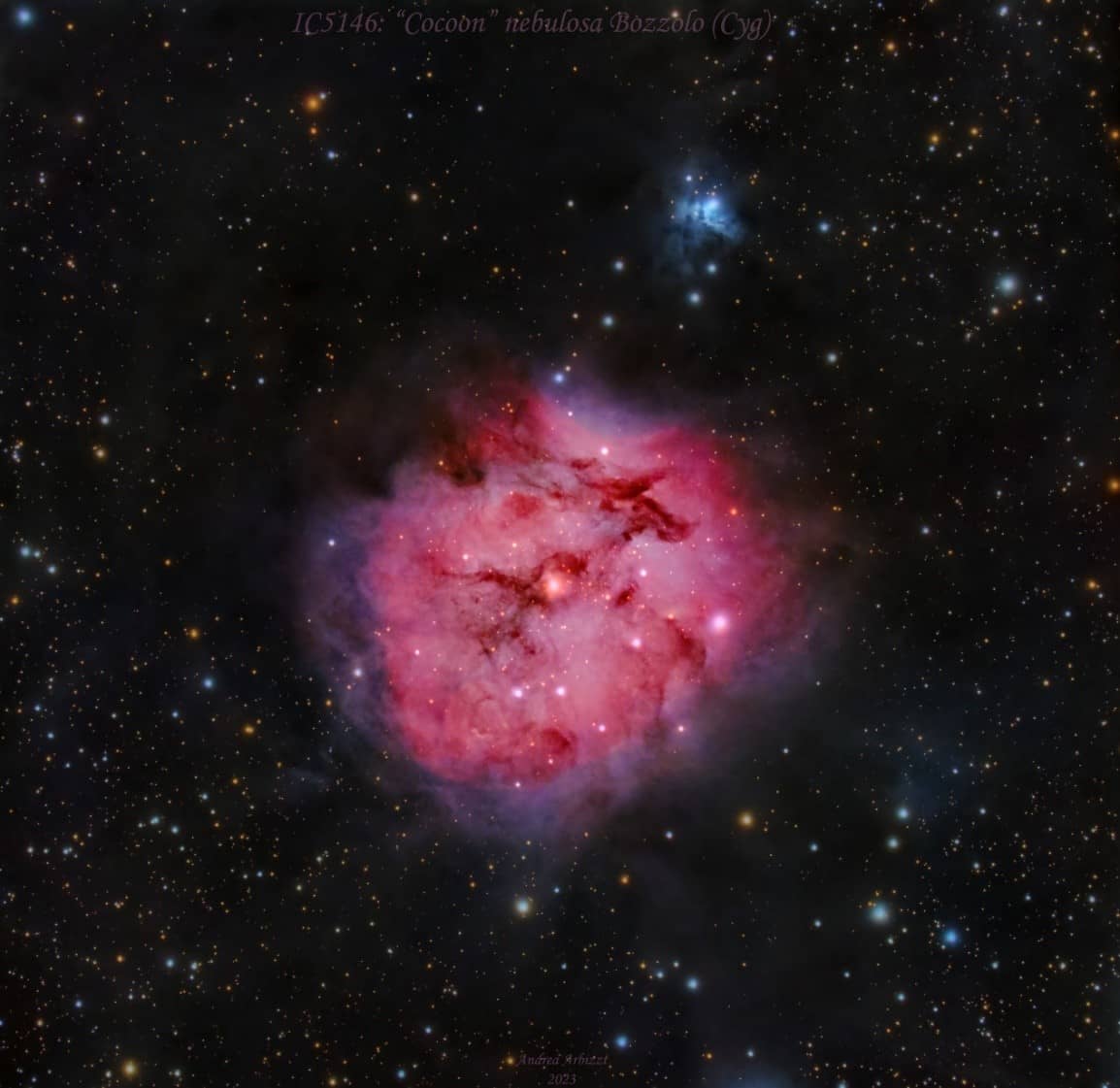
Q11: What advice do you have for newcomers to astrophotography?
To new people who like to enter this wonderful hobby that is DSO astrophotography, I strongly recommend starting in an easy way and learn the basics with low budget equipment; then if the interest grows, they can move on to more complex setup with a dedicated cooled camera, telescope, mount and so on. The most important aspect at any level of astrophotography has to be the enjoyment, the fun of doing astro photos.

My first ZWO camera was an Asi385, then I moved to the ZWO Asi294 MC and next to Asi533 MC: actually I have an ZWO Asi2600 MC Duo, asides from ZWO EFW 5X2, EAF and the wonderful and exciting Asiair Plus.
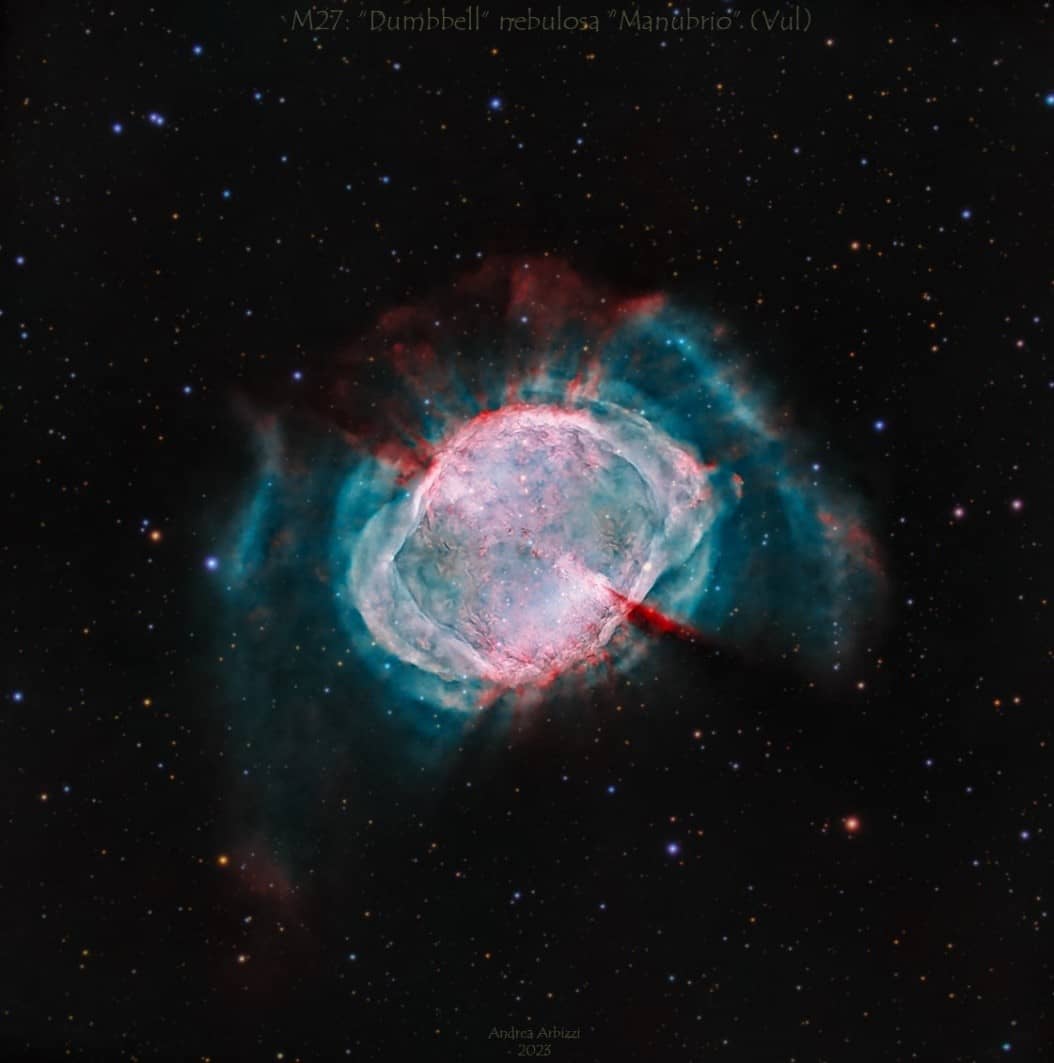
Now I have just finished NGC40 the “Bow Tie” planetary nebula, then I will continue imaging another beautiful little planetary NGC7662 “Blue Snowball” with a 7 nm duo narrowband filter; during new moon, I will continue capturing broadband targets such as “Stephan’s Quintet” galaxies, and M74 galaxy.
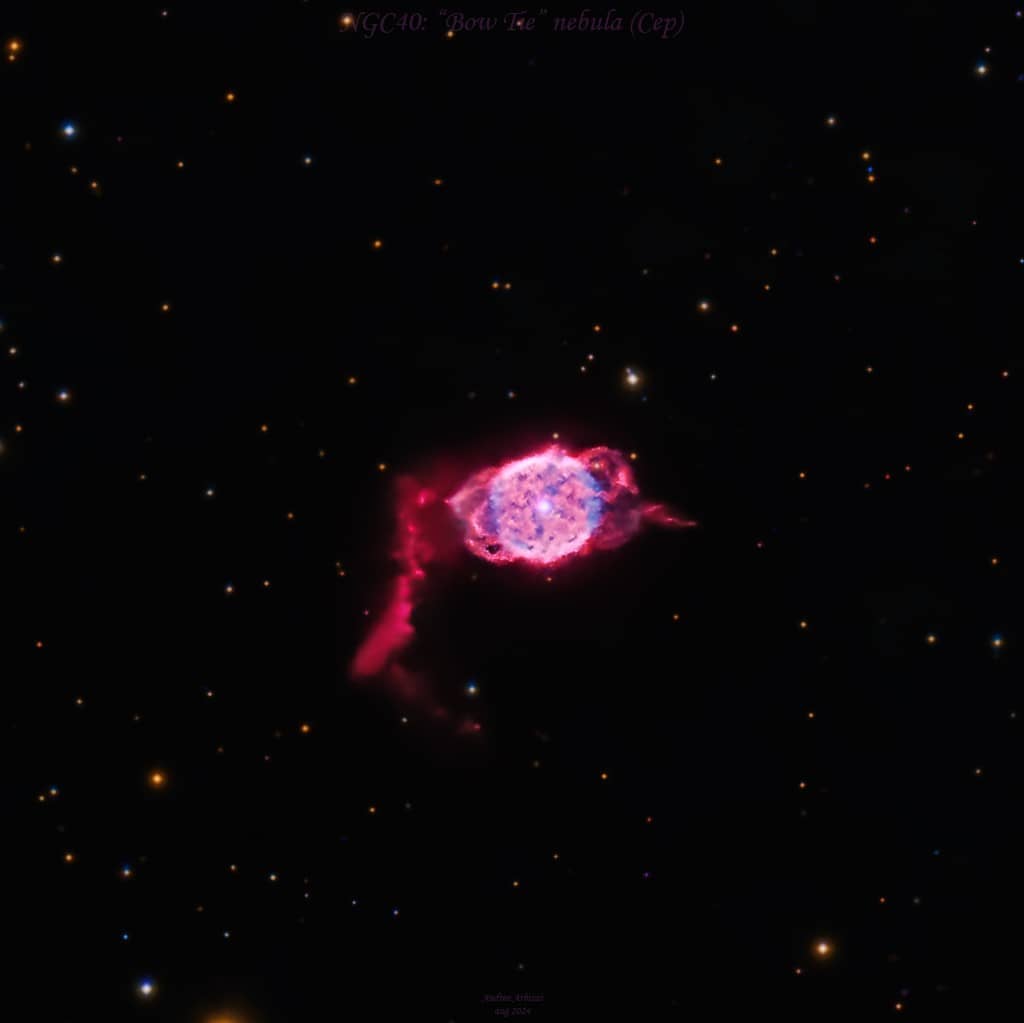

Recently, a major discovery by an international team of amateur astronomers and scientists has become a huge online hit, and this new discovery is just located in one of the
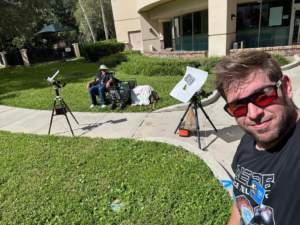
That 11-year-old boy staring at Horsehead Nebula photo would never have imagined… Decades later, he’d be capturing amazing deep-sky images from his Florida backyard! “ It was amazing to see

Hello,Sara Harvey,thanks for accepting our interview invitation. Congratulations on winning the ASIWEEK competition in week! Q1: At first, congratulation that your nice image won #ASIWEEK. Can you introduce yourself to
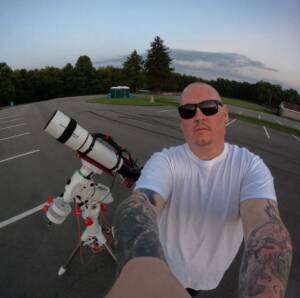
Astrophotography is more than just capturing images of the night sky—it’s a journey of discovery, patience, and creativity. For this passionate astrophotographer, what started as a chance encounter with a
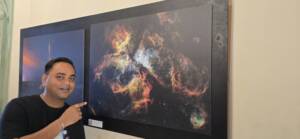
Taranjot Singh, an Indian origin Australian astrophotographer who is making waves on the international stage. Taranjot has been recognized as one of the Top 5 finalists in the prestigious Siena
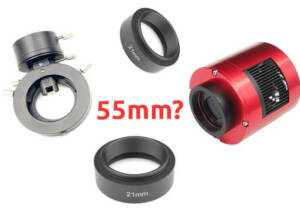
The back focal length is advised by telescope manufacturers. Since most telescopes have a 55mm back focal length, we are here to provide detailed instructions for all ASI cooled cameras.Please